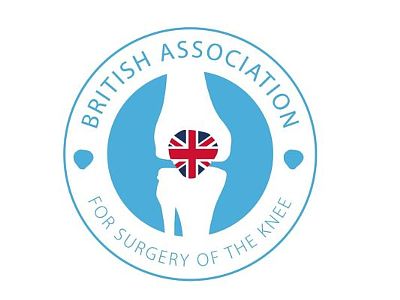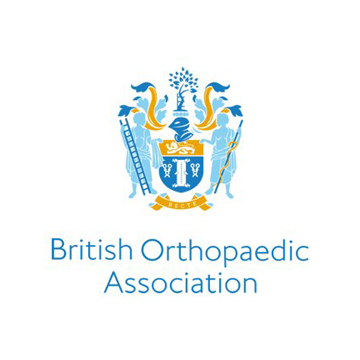Hip anatomy
Professor Prakash, Othopaedic Surgeon in Birmingham
Hip anatomy in Birmingham
Professor Prakash specialises predominantly in knee and hip joint surgery especially for young adults (age 20-65). He routinely performs surgery related to sports injuries and arthritis and one of his key focuses is the Hip Anatomy.

Hip anatomy
The hip joint is one of the largest joints of the body. Essentially a ball and socket joint, it allows movements in all three planes. A large part of the ball (head of the femur or thigh bone) is covered by the socket (acetabulum) which is part of the pelvis.
The bone surfaces of the ball and socket are covered with articular cartilage, a smooth tissue that cushions the ends of the bones and enables them to move easily, almost without friction. A thin layer of soft tissue called synovial membrane surrounds the hip joint. In a healthy hip, this membrane makes a small amount of fluid that lubricates the cartilage further reducing the friction during hip movement.
Stability of the joint is provided by the bony structure, as the socket encloses a good portion of the ball. Further stability is due to the strong bands of tissues called ligaments, which connect the thigh bone and the pelvis.
The hip joint is essential for maintaining the erect posture of humans and allowing ambulation. Any painful condition of the hip, including arthritis, affects normal movements and adversely affects the quality of life.
The narrow portion of the bone, adjacent to the ball, is called the neck as it is much narrower. This makes it weaker and prone to fractures especially in the elderly.
A fracture of the neck of femur is difficult to treat as the healing of this part is poor due to various reasons. It may require hip replacement surgery.




